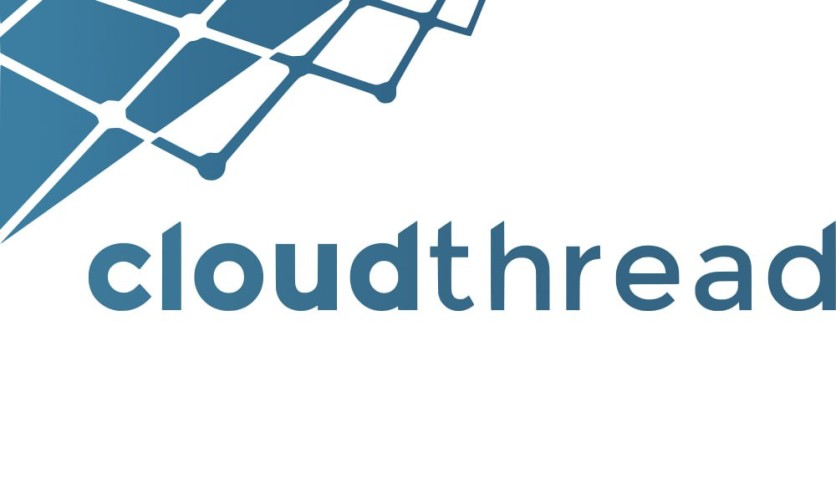
Since the 2010s, many organizations have migrated to the cloud. Today, cloud services have become a standard of business operations, with around 94% of enterprises using them. And now that we're past the adoption phase, enterprises are naturally focused on reducing costs.
In a recent survey, IT leaders self-estimated that 28% of cloud spend is wasted. With cloud services being what they are, this number represents money going down the drain. Modern enterprises try their best to optimize cloud usage and manage costs to stop this.
This has fueled the emergence of a whole new class of tools to help optimize the utilization of cloud resources. One of these is Cloudthread, a relatively new platform gaining traction among businesses of all sizes.
To grasp Couldthread's increasing appeal in such a competitive market, one must first understand why cost optimization is still challenging for many enterprises.
Why Do Enterprises Still Struggle to Optimize Cloud Costs?
82% of IT leaders agree that navigating the cost structures of cloud services is a challenge. This comes down to discovering cost-saving opportunities, communicating insights to engineering teams, and tracking/reporting results.
Discovering Cost-saving Opportunities
Many enterprises have a hard time unearthing cost-saving opportunities. This isn't so much a reflection of how hidden these costs can be; it is a reflection of the inefficient processes involved.
On average, FinOps experts and engineers have to juggle a variety of tools. Different tools mean different pieces of advice, with each tool bringing its recommendations.
This creates a complex puzzle of information that can be difficult to solve, leading to wasted time. It also makes it easy to miss the big picture. With information scattered everywhere, getting a full view of cloud spending and potential savings is tough.
Communicating Insights to Engineering Teams
The next challenge arises when conveying cost-saving insights to engineering teams. Here, FinOps professionals point to several hurdles.
One of these is that turning cost-saving insights into actionable tasks is problematic. Some compare it to translating between two different dialects, a process that results in plenty of useful information being lost.
With these insights coming from different tools, sharing them also becomes difficult. Communication can be scattered and messy, lacking a structured approach. This leads to confusion as engineers don't know the priority, impact, and/or steps for each optimization, ultimately missing out on cost-saving opportunities.
Tracking and Motivating Dilemma
Organizations grapple with tracking cost-saving opportunities and ensuring they are acted upon. For example, where multiple engineering teams work on various tasks, keeping track of who's doing what and the results is a logistical nightmare.
Such tracking issues create gaps, where the organization ends up without a way to recognize and reward optimization efforts. This makes it easy for motivation to wane.
Finally, tooling infrastructure makes reporting difficult. Many FinOps teams report having difficulty preparing clear, concise, and actionable reports and presenting them to leadership, which hinders decision-making.
What Makes Cloudthread Appealing?
The process of cloud optimization itself needs to be optimized. Enterprises need not only a tool but a full solution that streamlines communication and collaborations, simplifies the workflow, and aids in tracking. For many enterprises, Cloudthread enables that.
Solely on the tooling side, Cloudthread provides more than 60 insights. Perhaps more importantly, it aggregates and organizes insights from other cost-management tools. All this data is presented in a single, easy-to-read dashboard.
The dashboard also allows insights to be filtered by impact and complexity. Thus, FinOps teams can recognize and prioritize the most impactful cost-saving opportunities.
After that, Cloudthread uses a suite of features to streamline communication with engineers. One of these is 'Threads,' which allows FinOps teams to create optimization mini-projects that can be conveniently shared and tracked.
There is also integration with JIRA, the popular engineering workflow tool. Threads can be converted into actionable JIRA tickets. This allows for insights to integrate seamlessly with the engineering workflow so that information is kept in translation.
Cloudthread simultaneously provides a way to track the results and ensure opportunities are acted upon. Its dashboard is designed to paint a clear picture of the workflow and savings landscapes. It also offers a comprehensive overview of opportunities, efforts, and results, making it especially useful to decision-makers.
Furthermore, specific to FinOps processes, enterprises that see the most value from the features described above are those that have adopted what is known as a "distributed cost ownership" model. This is where centralized FinOps teams interact with the individuals assigned to a virtual cost owner role within each engineering team.
Unique Value at a Fraction of the Cost
To top it off, Cloudthread is available at a fraction of the cost of other optimization tools. In fact, the platform with a pointed focus on cloud cost management workflow optimization plays well with any other tool on the market. According to the platform, customers typically see an additional 10% to 35% reduction in FinOps costs (including team labor) after integration.
So, by being affordable and addressing major FinOps workflow pain points, Cloudthread provides high value in addition to traditional cloud cost management platforms focused on visualization or simple optimization. This has made it especially appealing to organizations looking to optimize their FinOps processes to achieve better results (i.e., higher savings and less time spent achieving them).
ⓒ 2025 TECHTIMES.com All rights reserved. Do not reproduce without permission.




